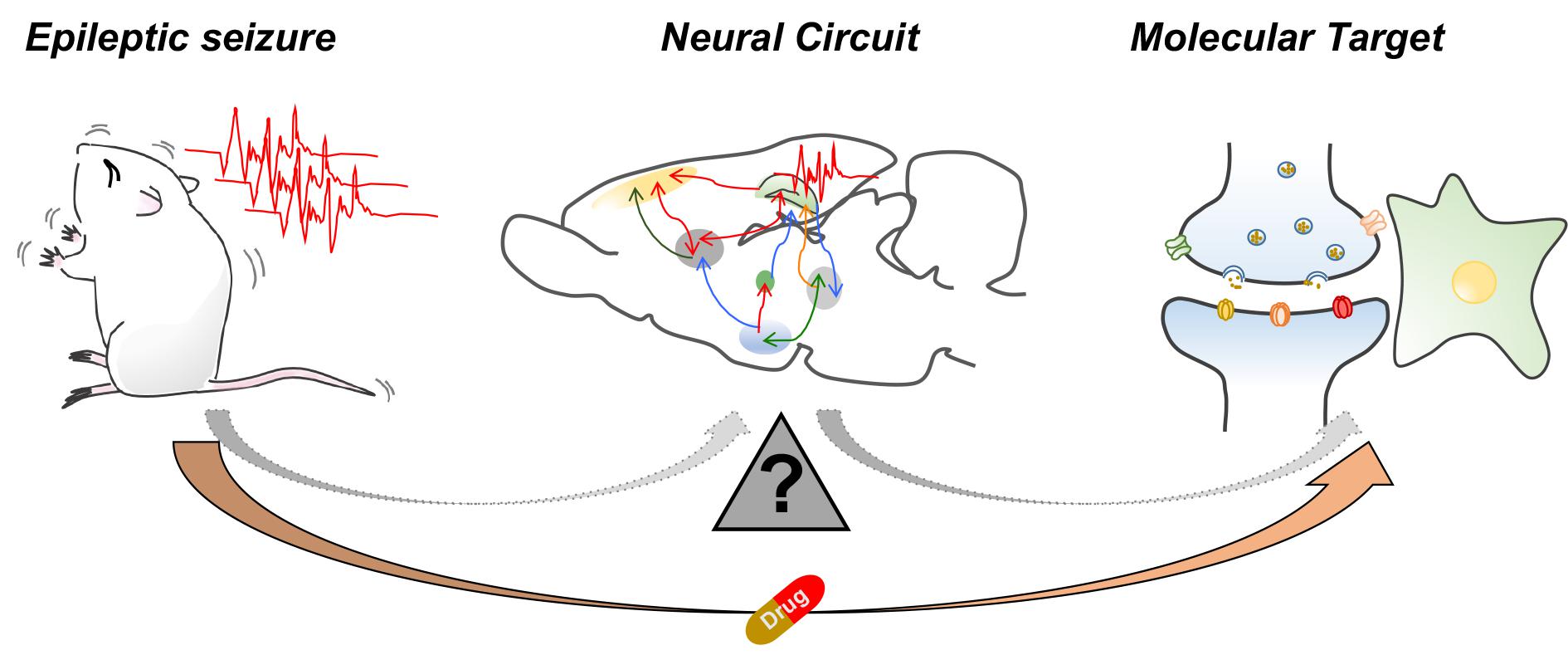Review article on Epilepsy Research published in Pharmacology & Therapeutics
Dr. CHEN Zhong, a professor from the College of Pharmaceutical Sciences at Zhejiang University, publishes a review article entitled “An Update for Epilepsy Research and Antiepileptic Drug Development: Toward Precise Circuit Therapy” in the journal of Pharmacology &Therapeutics.
Epilepsy is a common neurological disorder marked by repeated, spontaneous epileptic seizures caused by excessive or hypersynchronous neuronal activity in the brain. Taking anti-epileptic drugs (AEDs) on a regular basis is the first-choice therapy for epilepsy. Currently, there are about 30 AEDs with diverse molecular targets to block excitatory mechanisms or enhance inhibitory ones, but roughly one-third of the patients fail to achieve seizurecontrol, becoming drug-resistant for epilepsy, and epilepsies in some patients are even aggravated by AED treatment. Therefore, there is a compelling need to gain a more insightful understanding of the precise mechanism of epilepsyand develop more promising therapeutic approaches or drug targets to control drug-resistant epilepsy.
Although researchers have long realized that epilepsy pathogenesis involves neuronal dysfunction at molecular, cellular, and circuit levels, there is still finite information regarding the neural circuit mechanism of epilepsy. Prof. CHEN Zhong explores the pharmacological targets of current AEDs and a series of questions in respect to these AEDs, and proposes the way forward for AED development, including insights into novel targets, models, and mechanisms. Because molecular mechanisms are integrated at the level of neuronal circuits, it is suggested that there should be a shift in epilepsy treatment and research strategies from the “molecular” level to the “circuit” level.

Although recent technological advances have facilitated circuit mechanistic discovery at each level and have paved the way for many opportunities of novel therapeutic strategies and AED development toward precise circuit therapy, there is still a long way to go.